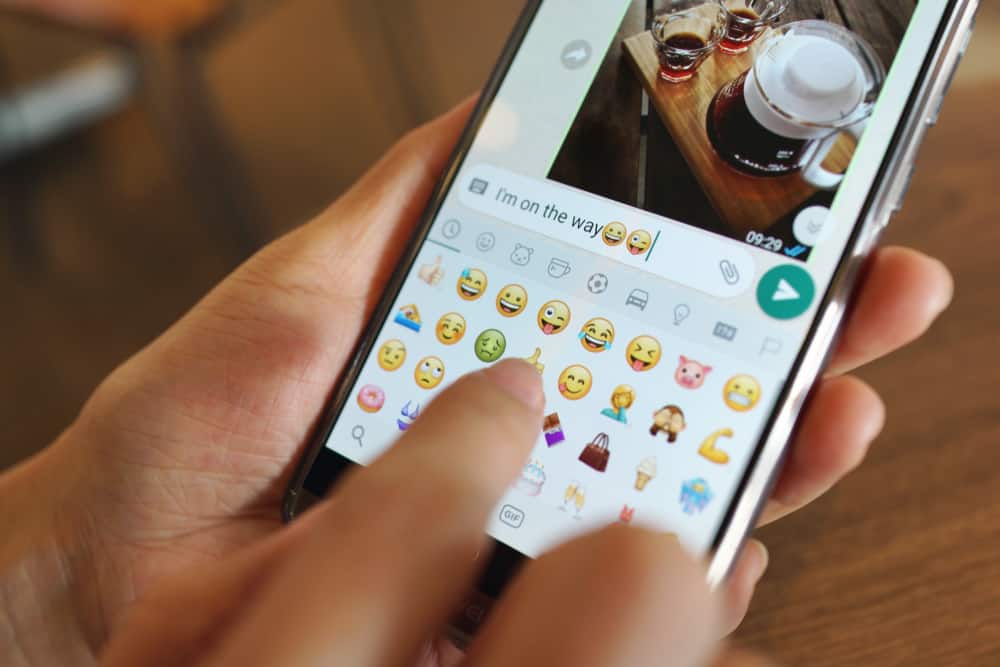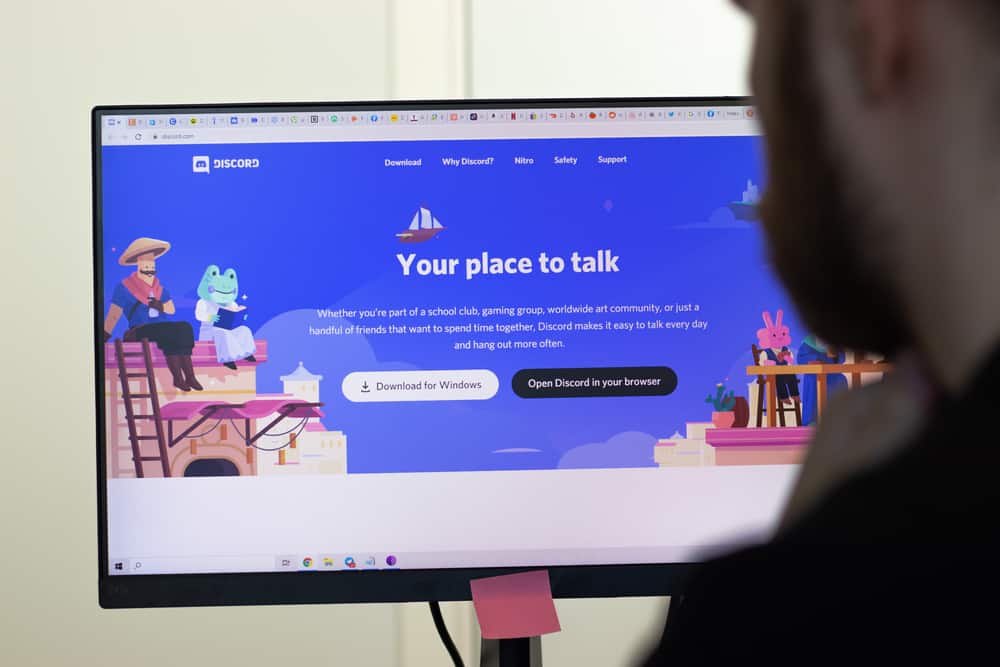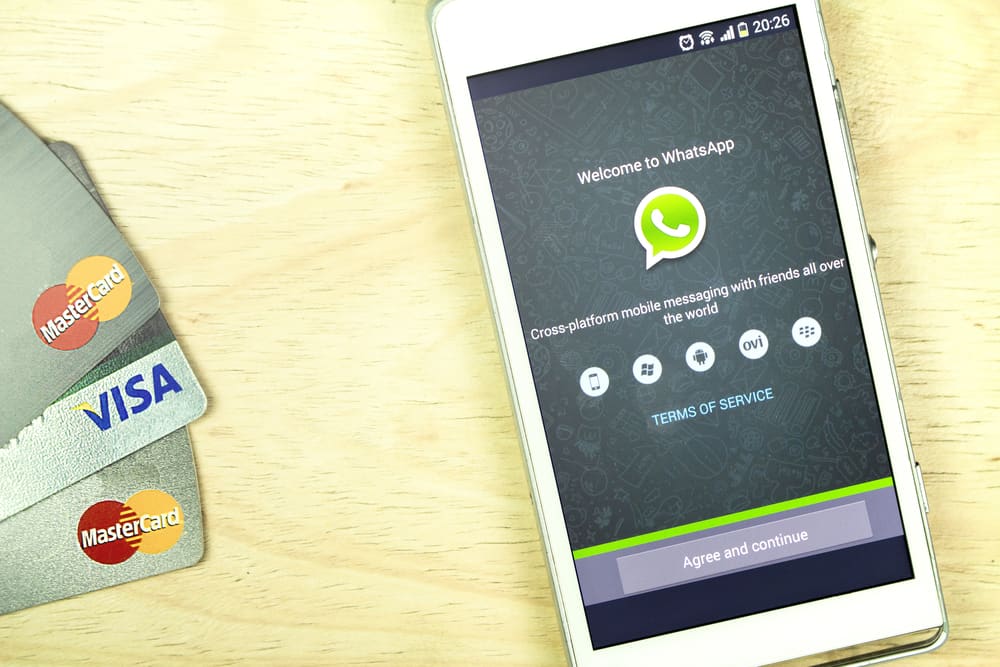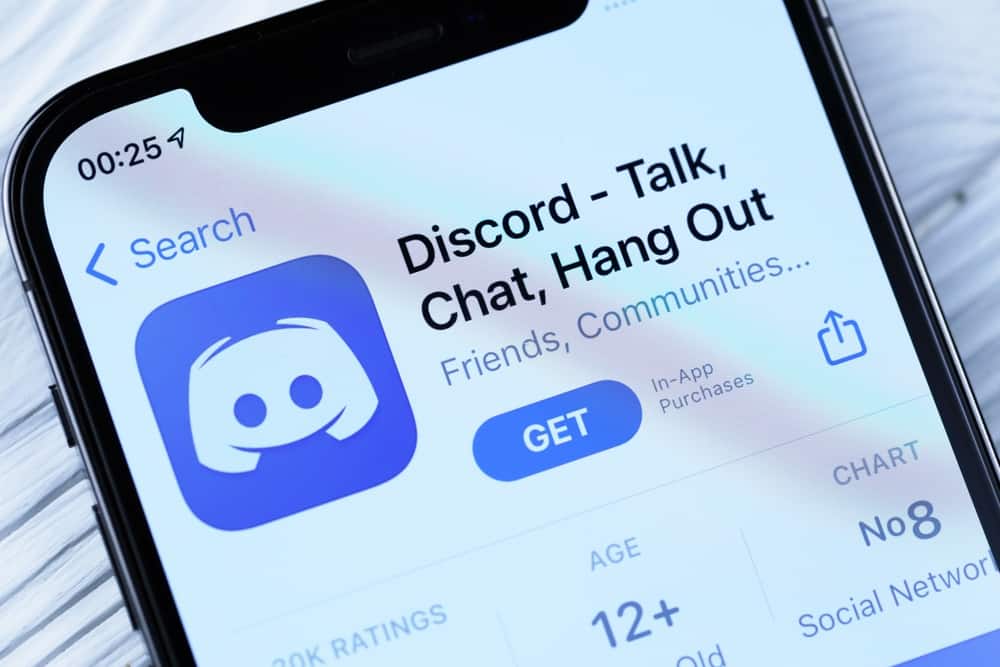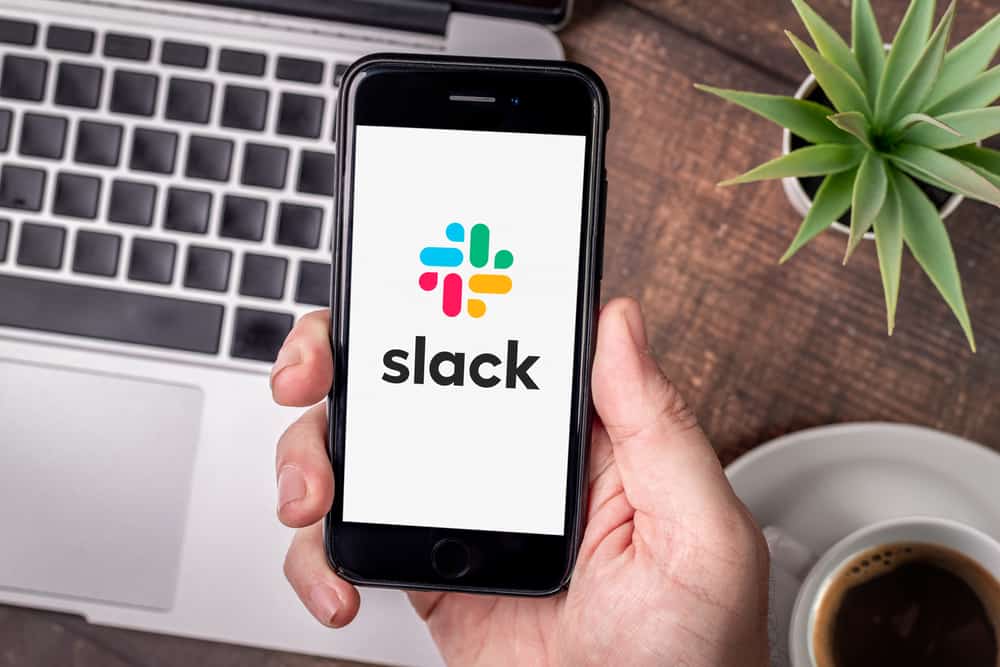
Slack is allegedly the online savior of business communication and has successfully moved entire teams out of the dreaded email inbox to a centralized platform.
Nevertheless, several large portions of the workforce are not seeing the profound benefits of Slack. So, what happened to Slack today?
Slack appears to have practically killed internal email chains by combining emails and chat. But the workplace instant messaging platform has also ruined work as it has changed how workers behave while at the workplace. Workers check endlessly for messages about work without doing any.
This article will reveal how Slack has impacted the workforce category across many organizations worldwide.
What Is Slack?
Slack is an instant messaging application for businesses or organizations.
Its primary job is to connect people to the vital information they require. It has dramatically transformed how businesses communicate by bringing individuals together to work as a unified team.
Slack is a much more efficient medium for communication between remote teams and in-house persons. Responding to messages on the platform is more efficient than doing the same via texting or email.
Users of Slack no longer get stuck to endless email threads or texts.
You may wonder which of these apps is more suitable for the workplace. In-depth research has revealed that Slack is an excellent option for internal communication in the workplace. WhatsApp is only suitable for informal communication within a team.
What Is Happening To Slack Today?
Slack is still the go-to instant messaging platform for businesses worldwide. Up to 10 million individuals use Slack on a daily basis, and 43 percent of Fortune 100 companies pay to use the instant messaging platform.
But lately, many users have this suspicious feeling that Slack is taking over their work, albeit slowly.
It is expected that tech advances always supplant what has come before. But this is not the case with Slack.
The instant messaging platform has even doubled the pain. The issue is that Slack is now a scary offender as it stops many users from getting their assigned tasks done on time.
Point #1: Slack Encourages Distraction
Slack encourages users to be constantly distracted. Every messenger-based system rides on – and taps into – how humans always seek to reward themselves. The long-term result of this development is usually unhealthy.
For instance, with email, most people have time, or create enough time, to read through several messages.
It may take a day or two to respond. But Slack is instant, and users get this rewarding dopamine hit each time they respond to someone or when a colleague reaches out to let them.
The instant messaging platform makes you feel informed and valued.
But it also makes you fearful each time an alert comes through. No one wants to be left out of the loop regarding the goings-on in the workplace. You don’t want to be ill-informed, so you’re prompted to check a new message.
At the end of the day, workers check several messages about work or the workplace and hardly get anything done. Of course, this may not necessarily be a Slack problem.
It is unfair to rest the entire issue on the shoulders of the instant chat platform. It has more to do with how people use Slack.
Point #2: Slack Induces Stress
The view expressed in the previous section is backed by research from Humboldt University and the University of California.
According to this research, employees lose as much as 23 minutes on every task whenever a message or something else distracts them.
However, according to one of the researchers, the true cost of distractions at the workplace is more about stress and not so much about distraction.
Some people may get work done but will be forced to make up for the lost time by working several long hours.
What Is the Way Out for Slack Users?
The best way around this problem depends on the users themselves.
Slack has a snooze feature which many users don’t utilize. Workers should consider using this snooze function to mute conversations.
There should be a dedicated emoji to show a message has been seen, but the receiver is currently busy.
If the message needs an instant response, the intercom is there to help out. Users should also star some channels, prioritizing vital conversations over those that are not.
Conclusion
Slack is one of the most popular team messaging applications businesses use extensively for internal communication.
It can also be used to communicate seamlessly with third-party applications and has other excellent features that make it a leading communication platform.
But despite these features, Slack is practically ruining the workplace due to its overall impact on users.
The most prominent issue has to do with the distraction it causes at the workplace. However, users may utilize the app’s snooze features to mute conversations.
